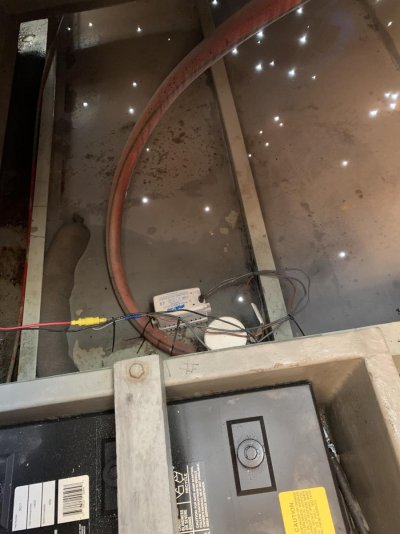Pack Mule
TF Site Team
- Joined
- Jan 24, 2013
- Messages
- 3,749
- Location
- USA
- Vessel Name
- Slo-Poke
- Vessel Make
- Jorgensen custom 44
We have our boat on the hard right now. We had the hull below waterline sandblasted (big mistake I think). Had I been there I would’ve stopped the sandblaster and rethought the situation.
Anyway we have a hull below the waterline that’s full of 1/4” to 1/2” diameter holes.
The hull is 1/8” thick. We’re considering a re plate of the bottom. I have not had the job quoted yet but was wondering if someone might have a wild guess to what this might cost.
The hull is 44’ long and 13’ wide and flat as a pancake. The yard said 20 to 30k. The frame is in good shape and everything above the waterline is good.
It’s a good old boat and I hate to scrap it. This is just one area but it’s pretty much the same for the entire bottom.
Anyway we have a hull below the waterline that’s full of 1/4” to 1/2” diameter holes.
The hull is 1/8” thick. We’re considering a re plate of the bottom. I have not had the job quoted yet but was wondering if someone might have a wild guess to what this might cost.
The hull is 44’ long and 13’ wide and flat as a pancake. The yard said 20 to 30k. The frame is in good shape and everything above the waterline is good.
It’s a good old boat and I hate to scrap it. This is just one area but it’s pretty much the same for the entire bottom.
Attachments
Last edited:

